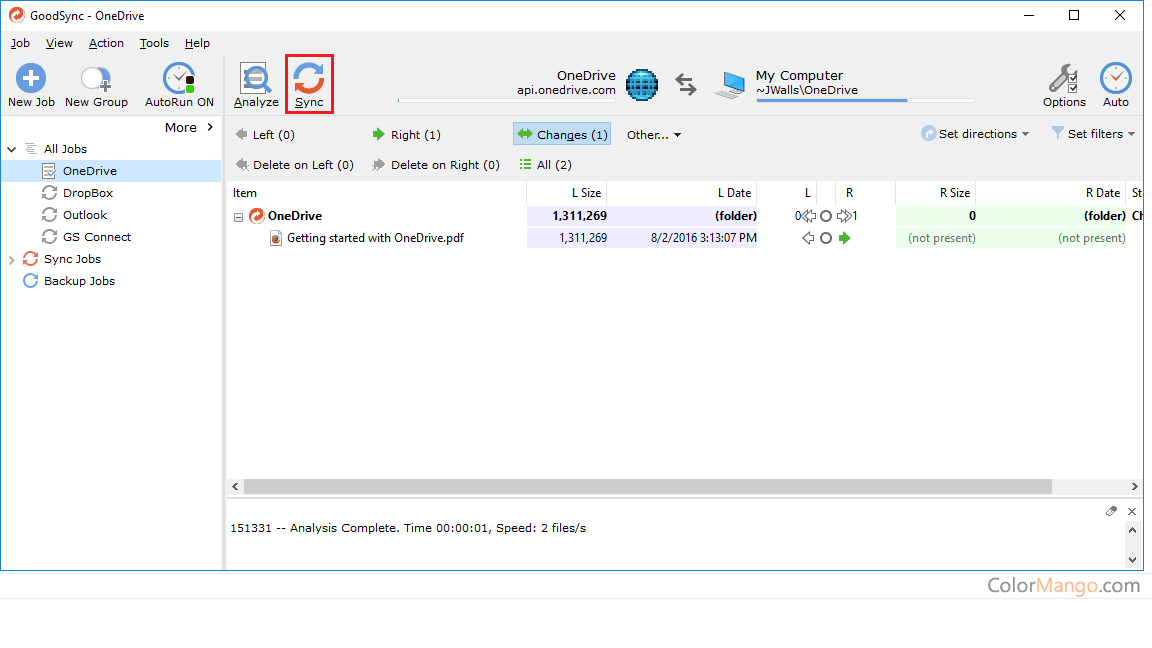

Macos ghosttile and goodsync mac#
To quickly open the Utilities folder, either select Utilities from the Finder Go menu or click on the Mac desktop to enter the Finder and type the shortcut Shift-Command-U.Ģ) Once the terminal prompt is displayed, enter the following command exactly as shown (you can also copy the command from here and paste it at the terminal prompt):ĭefaults write static-only -bool true killall DockĪfter typing the command, press the Return key to enter the command.ģ) The Dock disappears and is quickly reloaded, this time around showing only those apps that are currently running as well as the Mac’s Trashcan. Here we go: 1) Launch the Terminal app, which is found in Applications/Utilities. If you don’t feel comfortable running commands in Terminal, you may wish to have a more experienced Mac user set this up for you. Warning! This tip makes use of the Terminal and the macOS command-line interface. Setting the Dock To Display Only Apps That Are Running In today’s Quick Tip, we’ll show how easy it is to change the Dock Settings to only display apps that are currently running. Sometimes the Dock can be a bit confusing if you have selected “Keep In Dock” for a lot of apps and you’ve accumulated many static Dock icons as well as those that show up when you have other apps - launched from the Applications folder - running. No Access: The user can’t see or copy files from the folder.The macOS Dock is designed to make launching applications and switching between them as easy as finding the app’s icon and clicking on it. Write Only (Drop Box): The user can copy files to the folder but can’t view its contents. Read Only: The user can view the contents of the folder but can’t copy files to it. Read & Write: The user can see and copy files to and from the folder. To specify the amount of access for a user, select the user in the Users list, click the pop-up menu next to the user name, then choose one of the following: To give only specific users or groups access to a folder, select the folder in the Shared Folders list, click the Add button at the bottom of the Users list, then do one of the following:Īdd users or groups from all users of your Mac: Select Users & Groups in the list on the left, select one or more names in the list on the right, then click Select.Īdd users or groups from everyone on your network: Select Network Users or Network Groups in the list on the left, select one or more names in the list on the right, then click Select.Īdd someone from your contacts and create a sharing-only account for them: Select Contacts in the list on the left, select a name in the list on the right, click Select, create a password, then click Create Account. A user with an administrator account can access your entire Mac. Ĭontrol-click the name of the folder, choose Advanced Options, select desired options, then click OK.īy default, any user set up on your Mac in Users & Groups settings can connect to your Mac over the network. To prevent a folder from being shared, select it in the Shared Folders list and click the Remove button. The Public folder of each user with an account on your Mac is shared automatically. To select a specific folder to share, click the Add button at the bottom of the Shared Folders list, locate the folder, select it, then click Add. Turn on File Sharing, then click the Info button on the right. On your Mac, choose Apple menu > System Settings, click General in the sidebar, then click Sharing on the right.

Get started with accessibility features.Use Sign in with Apple for apps and websites.Watch and listen together with SharePlay.Share and collaborate on files and folders.Sync music, books, and more between devices.Make and receive phone calls on your Mac.Use one keyboard and mouse to control Mac and iPad.Use Live Text to interact with text in a photo.Make text and other items on the screen bigger.

Macos ghosttile and goodsync install#


 0 kommentar(er)
0 kommentar(er)
